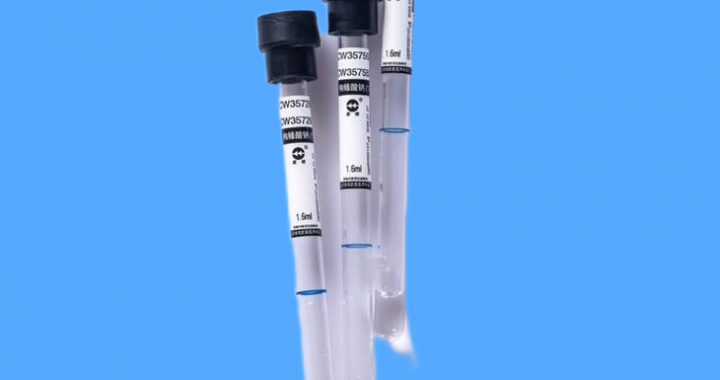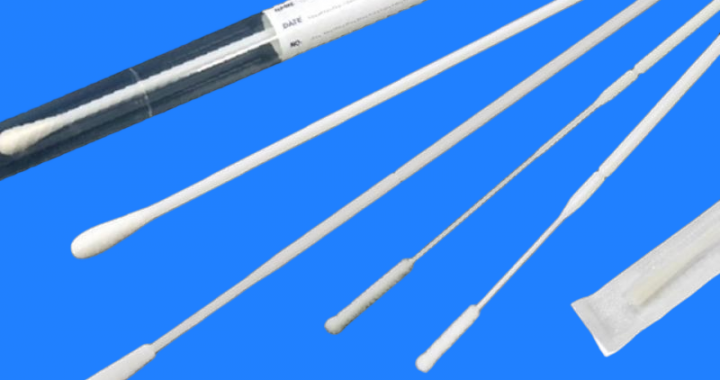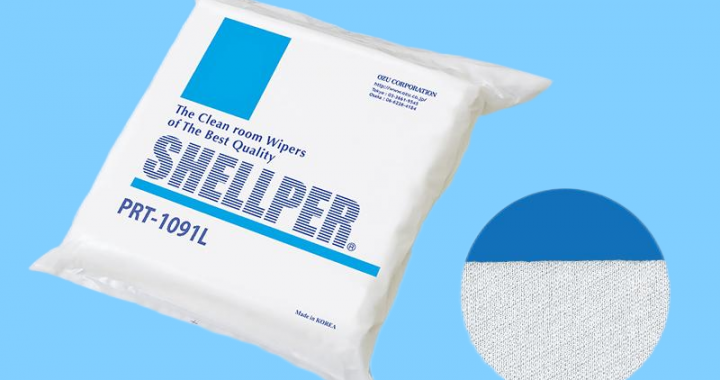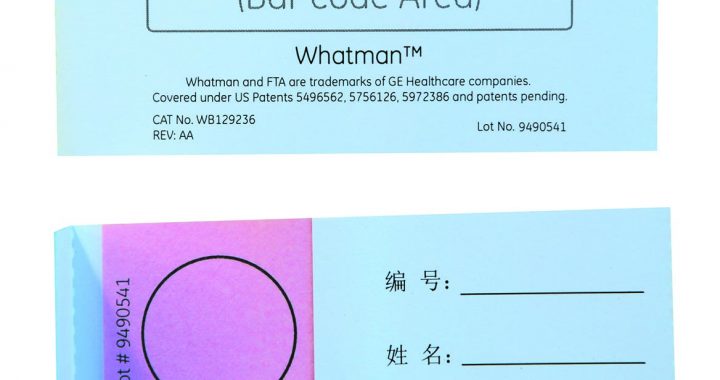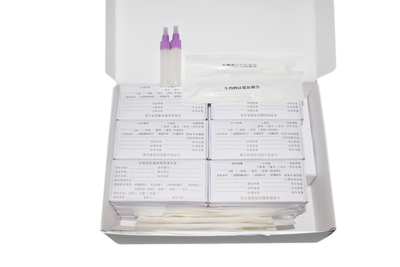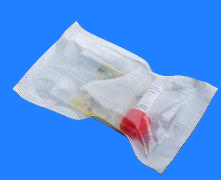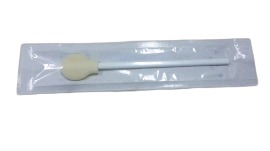Collecting biological samples from narrow or confined spaces can be challenging but is essential in forensic, medical, and environmental investigations. This article provides tips on how to efficiently collect DNA, blood, or other biological materials from small or hard-to-reach areas.
Content
-
Choosing the Right Tools
-
Slim, Flexible Swabs: Use specialized swabs with slim, flexible shafts that can easily navigate tight spaces. Flocked swabs are particularly effective for maximizing sample collection from confined areas.
-
Precision Collection Tools: Employ precision tools like forceps or mini-scrapers to help reach and collect samples from hard-to-reach places, such as between surfaces or small crevices.
-
-
Using Extension Rods and Adapters
-
Extendable Handles: Many forensic kits include swabs with extendable handles, allowing users to reach deeper into narrow spaces without compromising control or precision.
-
Adapters for Swabs: Some swabs can be fitted with adjustable adapters to help them reach tight spots, ensuring better access and efficiency during collection.
-
-
Maintaining Sterility
-
Minimize Contact: When working in confined spaces, avoid touching surrounding surfaces to prevent contamination. Use sterile, disposable gloves and tools to handle the samples and ensure clean collection.
-
Use Sterile Packaging: Immediately place collected samples into sterile, secure containers to avoid cross-contamination during transportation.
-
-
Technique for Optimal Collection
-
Gentle, Steady Movement: In tight spaces, apply a gentle and steady motion when collecting samples. Rubbing or applying too much force can damage the sample or dislodge it from its original location.
-
Swabbing Multiple Angles: For more thorough collection, consider swabbing from multiple angles or sides to ensure you retrieve all available material from the confined area.
-
-
Environmental Considerations
-
Use of Light: Proper lighting is critical when collecting from narrow spaces. Use headlamps or compact flashlights to illuminate the area without obstructing the sampling process.
-
Temperature Control: If the sample is temperature-sensitive, such as blood or saliva, ensure it is collected and stored in optimal conditions immediately after retrieval to prevent degradation.
-
-
Handling Delicate Surfaces
-
Soft-Tipped Swabs: Use soft-tipped swabs or tools that won’t damage delicate surfaces when collecting biological material from sensitive areas, like electronics or fragile objects.
-
Non-abrasive Methods: Avoid abrasive tools that could damage the area or alter the sample, especially when dealing with sensitive materials.
-
Features
-
Precision: Tools and techniques designed for narrow spaces ensure that biological samples are collected accurately and efficiently.
-
Sterility: Maintaining cleanliness and preventing contamination during collection are critical for sample integrity.
-
Adaptability: Specially designed tools make it easier to adapt to various confined environments.
Scope
These tips are essential for professionals involved in forensic investigations, medical diagnostics, environmental testing, and any scenario where biological samples need to be collected from narrow or confined spaces.
